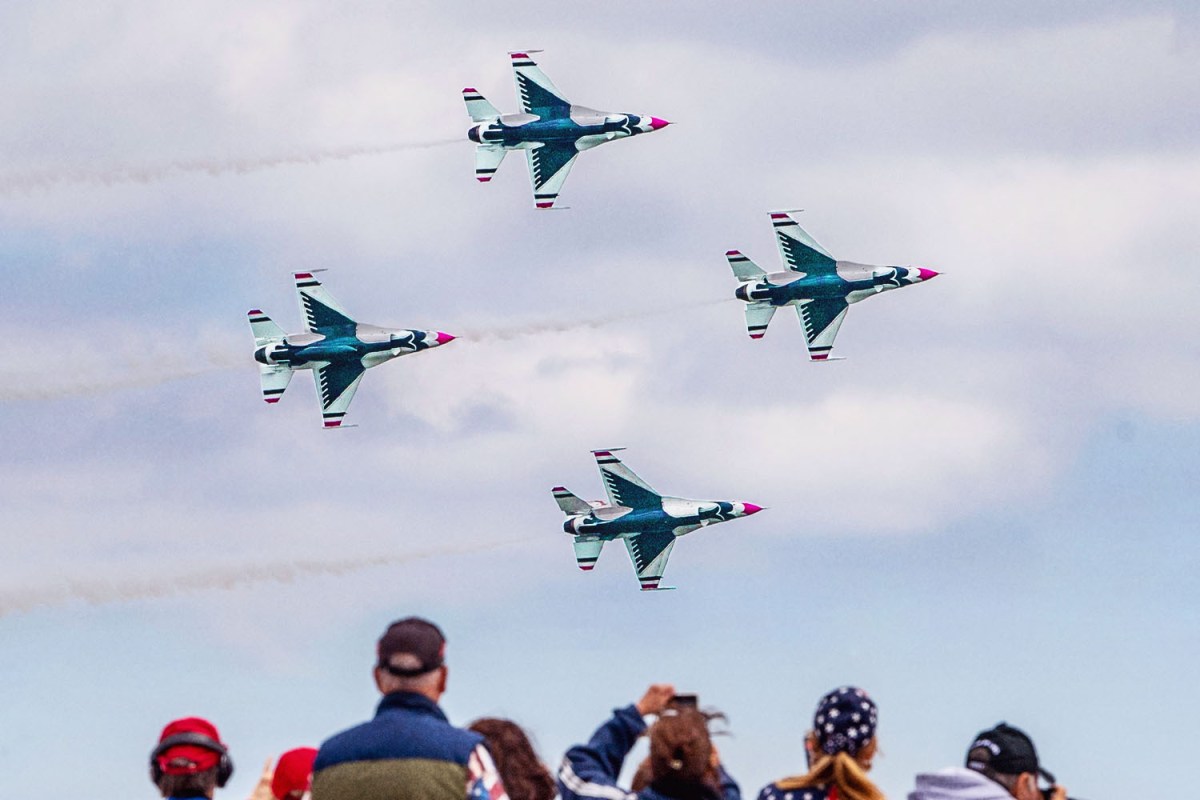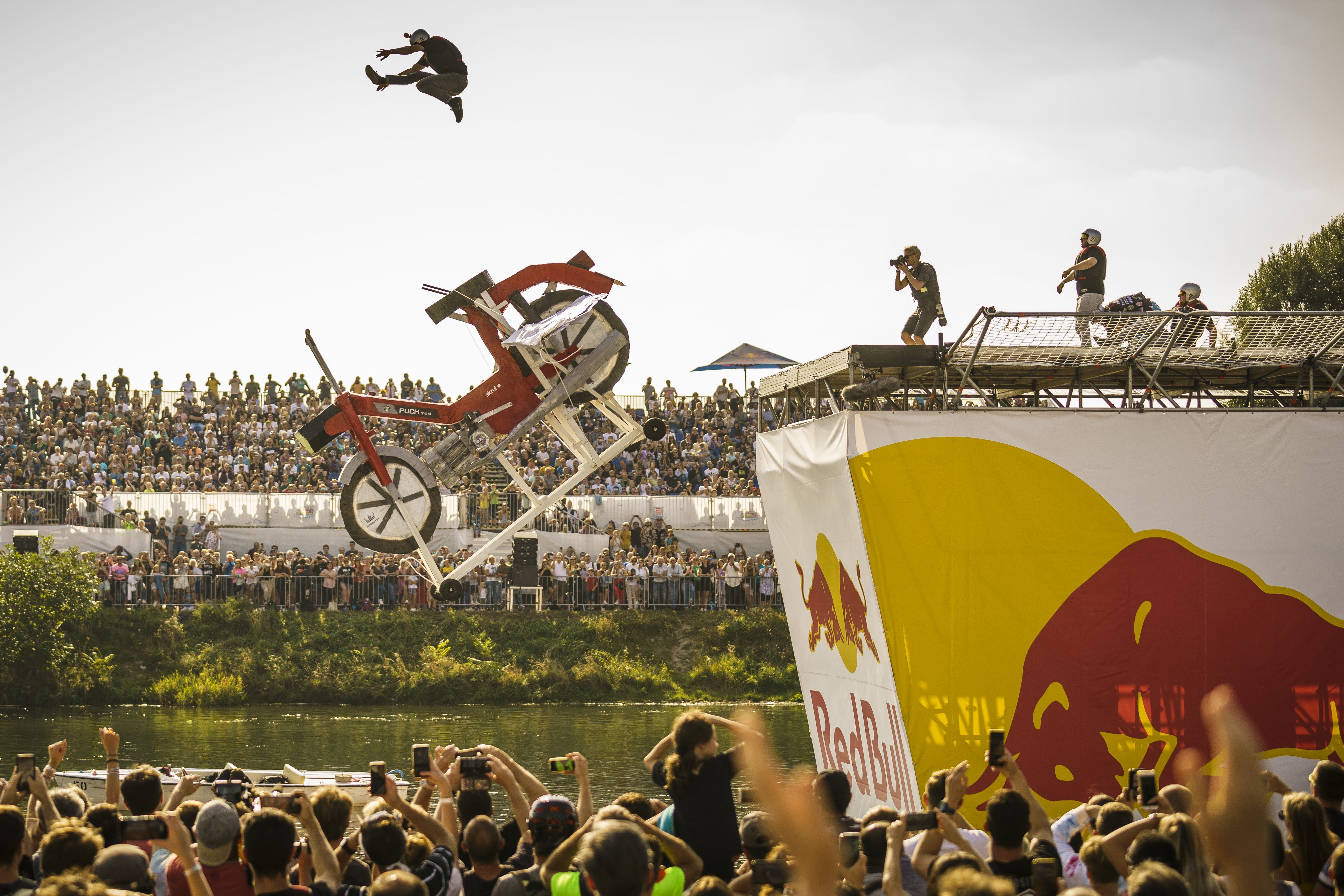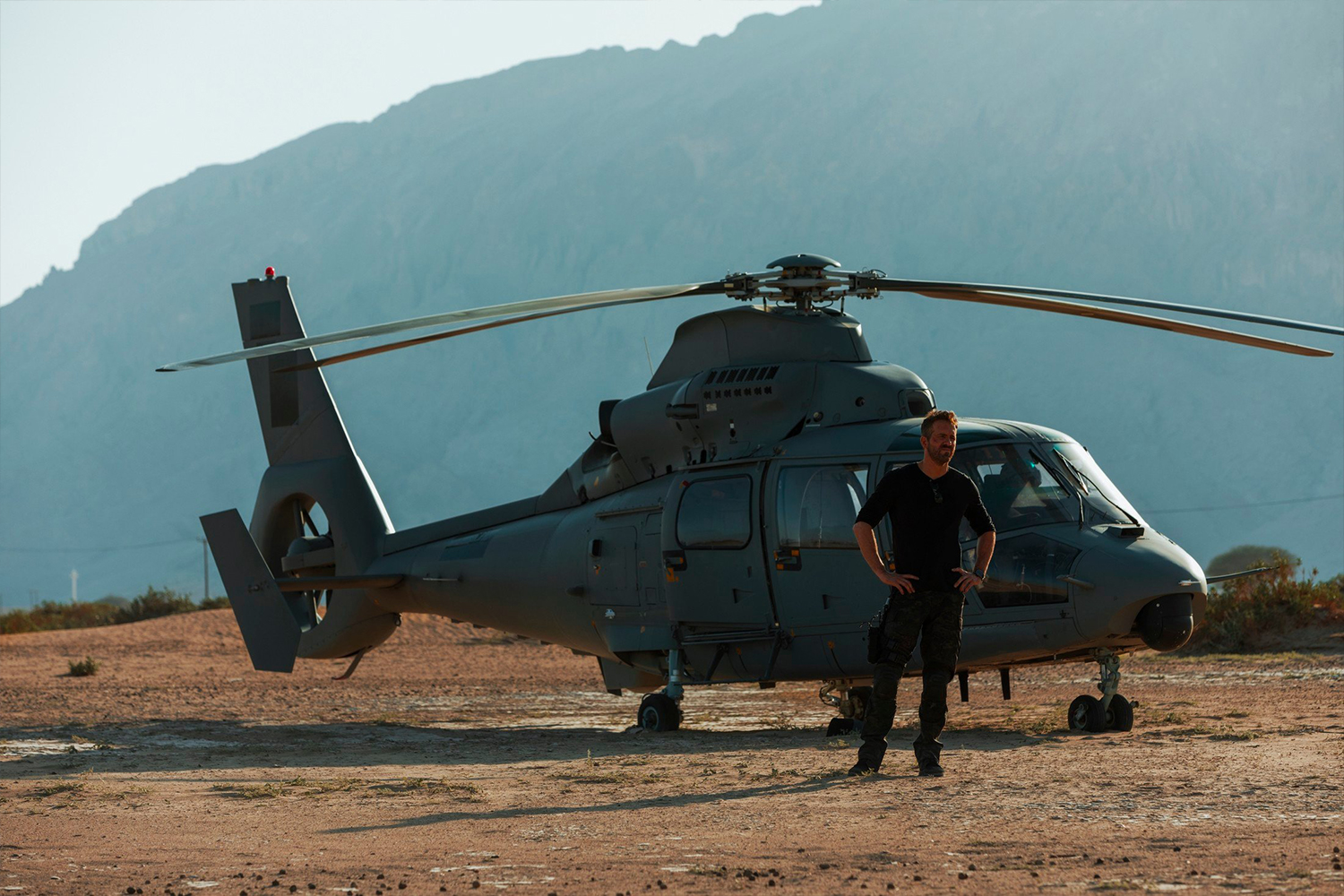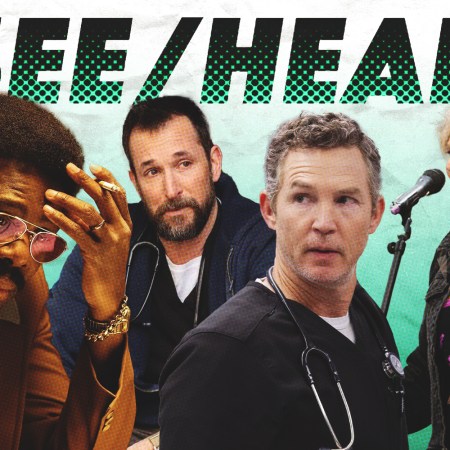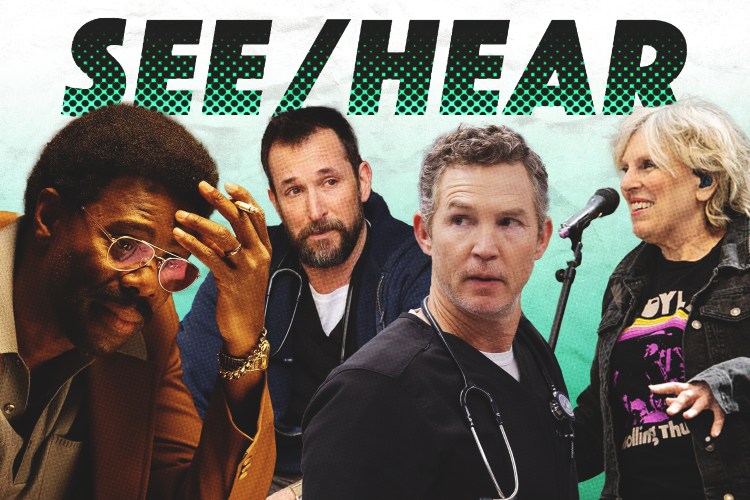“People have been fascinated by flight since the Wright brothers, and watching an airliner going over at 35,000 feet doesn’t really capture the thrill,” says John Cudahy. He’s the CEO of the International Council of Air Shows, the organization that protects and promotes the market for aerial spectaculars in the U.S. “There’s a power and excitement in aircraft — the noise, the smells, the sights — especially when performing aerobatics. A good steam train just doesn’t have the same appeal.”
The problem is that, unlike steam trains, aircraft occasionally crash. And when they do, it can have devastating consequences. This year marks the 20th anniversary of the Sknyliv air show disaster, when a Ukrainian Air Force jet cartwheeled and exploded, killing 77 in the crowd at an airfield near Lviv. Fourteen years earlier, when three aircraft from the Italian Air Force display team collided mid-air at a show in Germany, the debris killed 67 spectators. More recently, in 2015, a Hawker Hunter performing at Shoreham Airport in the U.K. crashed into a road killing 11 motorists.
After such an event there’s generally a deluge of media coverage. From the perspective of Cudahy, whose job it is to beat the drum for air shows, few things are so catnippish to editors and readers than images of a huge fireball, or headlines that refer to “jet crash carnage,” or the multiple videos inevitably uploaded minutes after the wrecks.
The Shoreham incident led to many calling for air shows to be held only over the ocean. Others have said air shows should be banned altogether. Why do we allow an entertainment that might kill a spectator, they ask?
That’s a fair question, but certainly some perspective is required. Pilots, as opposed spectators, do sadly die with some regularity, even top pilots: 2011 saw one of the Red Arrows — the Royal Air Force’s elite aerobatics team — crash and die. Earlier this summer, the group was grounded and unable to perform at the U.K.’s Farnborough Air Show amid safety fears over their ejector seats.
But spectators? The Shoreham crash, for example, was the first major loss of life among spectators at an air show in the U.K. for 63 years, after a crash at the Farnborough Air Show killed 29 in 1952. Officially, no air show in the U.S. has seen a spectator death since 1951 (though there have been adjacent accidents, like a devastating crash in 1972 after a show in Sacramento). The National Transportation Safety Board has recorded 58 incidents since 2008, but those also include the decidedly non-fatal likes of aircraft having to land in nearby fields.
“Pilots understand the risk and unfortunately accidents are part of the business. But protecting spectators is paramount. Of course, you can’t say a plane wouldn’t ever come down on spectators, but the odds are so tiny,” reckons Jim Breen, founder of the Air Show Network, the largest air show organizer in the U.S.
Perhaps that accounts for the sheer — and surprising — popularity of these airplane extravaganzas. Remarkably, air shows are the second most popular outdoor entertainment in the U.K., behind the obvious frontrunner, soccer (that is, football). In the U.S., each year some 12 million people see the 300 or so events that are put on around the country. The Air Show Network just had a record year.
“The appetite for this type of entertainment is extremely high, and we do think of this as entertainment, competing with everything from movie theaters to sports to monster truck shows. It’s a small but fertile niche,” explains Breen. “But once they’ve seen an air show most people think it’s a pretty amazing event, as seeing aircraft go by at 500 mph, 500 feet off the ground might well be. So very strict safety standards are a necessity, and rightly so. It’s a dangerous proposition, much like driving a race car is.”
Indeed, at Le Mans in 1955 a Mercedes crashed and killed more than 80 spectators. In 1961 a crash at the Italian Grand Prix at Monza killed 15. In rallying, spectators are free to roam and often choose to stand perilously close to the route.
Like certain road races, the very thrill of an air show is surely rooted in the fact that you’re up close and personal to a fast-moving object, and so by definition can’t be utterly free of danger. The British sociologist Anthony Giddens has referred to this as “deliberately cultivated risk,” one that is arguably in greater tension now with our current — and, post-pandemic, heightened — culture of safetyism, from the notion that “words are violence” to the theory that childhood allergies are on the increase as a result of hygiene-obsessed parenting.
“The fact that the planes are 1,000 feet away from you is all part of the excitement,” argues Breen. “The [industry] might not promote its safety regulations because that takes away that sizzle, but they’re there.”
Certainly air show organizers have to tread a line between making the events as safe as possible for spectators, while also allowing them to be close enough to get a visceral kick out of the flybys and aerobatics. Each country sets its own regulations but they’re broadly similar to those established by the Federal Aviation Administration in the U.S., and the Civil Aviation Authority in the U.K.
Even for the smallest air display there are months of rigorous planning, involving an FAA inspector, aircraft maintenance and pilot medical checks, live rehearsals, run-throughs of what each aircraft will do at the display, precisely, at what time, at what height, confirmed in writing with the pilot, and then in person by the air show director, deviation from which is absolutely forbidden. Unsurprisingly, the kind of incident that saw an air force pilot attempt to fly his plane through the narrow gap between two grandstands — as happened in Colombia in 1938, killing more than 50 people — just wouldn’t be permitted today.
This high-flying world is not a big one either: most pilots know each other, so there’s a shared pressure towards utmost professionalism. Word gets around. Indeed, for 30 years now ICAS has been running its own Aerobatic Competency Evaluation (ACE) program, which sees each performer reviewed annually by an evaluator who is also an air show pilot — someone with the experience to know the difference between entertaining and downright dangerous. Incidents dropped by half the year ACE was introduced. As for other precautions, bad weather should cancel any show, but pilots flying beyond their capabilities is perhaps harder to police.
In terms of spectator safety, today aircraft operate only in something called the “sterile environment,” a box of airspace that must be at least 50 meters away from spectators, further if aerobatics are being performed, much further still if the aircraft — the likes of a modern jet — is flying faster. But depending on the country, planes are kept at a minimum distance of between 200 and 366 meters from the crowd. Aircraft maneuvers — the “energy of the aircraft,” as it’s sometimes phrased — must be directed away from the crowd, or run in parallel to it, so should the aircraft crash the debris is directed away from onlookers, too.
Air show people are quick to draw a distinction between their events and an air race, which, conducted on a circuit as it is, necessarily faces towards the audience at some point. The oft-cited Reno Stead Airport crash in 2011, when a P-51 Mustang broke apart and piled into the grandstand, killing 11? That was an air race, at a different kind of venue, with different regulations and a different intent. There, it’s all about breakneck speed, as opposed to precision and artistry.
But they concede that not only is aviation inherently risky but military aircraft — often the big draw at air shows, not least because there’s a long-standing relationship between national air forces and the recruitment potential in these performances — are “dense,” tightly packed with a multitude of complex components. That’s why moves, even from the CAA after Shoreham, to scale back the use of vintage aircraft — that Hawker Hunter was 50 years old — arguably miss the point, according to some in the industry.
“Vintage aircraft undergo the same rigorous certification process and actually historic aircraft are safer for being slower and less complex. The fact is that a modern jet is a super piece of engineering but can be taken out by a bird,” says George Bacon, air accident investigator, flying display director and CEO of the British Air Display Association. According to him, “air shows are not automatically a dangerous prospect.” He adds, “The entertainment value is clearly worth the minimal risk, because we’re meeting demand, not creating it.”
But is there room for more to be done to make them safer? After Shoreham, for example, there was a recognition that the airfield used was too close to a major arterial road, even if the pilot, for reasons unknown, took his aircraft outside of the safety envelope. Cudahy riffs on possible enhancements: could the industry increase distances between aircraft and spectators, prohibit certain maneuvers, introduce stronger pilot certification, and so on.
Meanwhile, the industry is finding it harder to find airports and air bases able to host shows to the current safety standards, given both a spate of airbase closures and house-building in the immediate areas. Charles Skiera, executive director of the European Airshow Council, notes that getting military aircraft is harder as air forces have become smaller, and the variety of aircraft they operate has been reduced too. “The challenge is always to show spectators what they haven’t seen before, because there’s a finite number of aircraft available to show,” he says.
“But people just keep going to air shows, which is maybe why other big outdoor events — the likes of music festivals — are now keen to get an aviation element too,” adds Bacon. “The fact is that there just aren’t many family days out that can offer the excitement of an air show.”
This article appeared in an InsideHook newsletter. Sign up for free to get more on travel, wellness, style, drinking, and culture.
